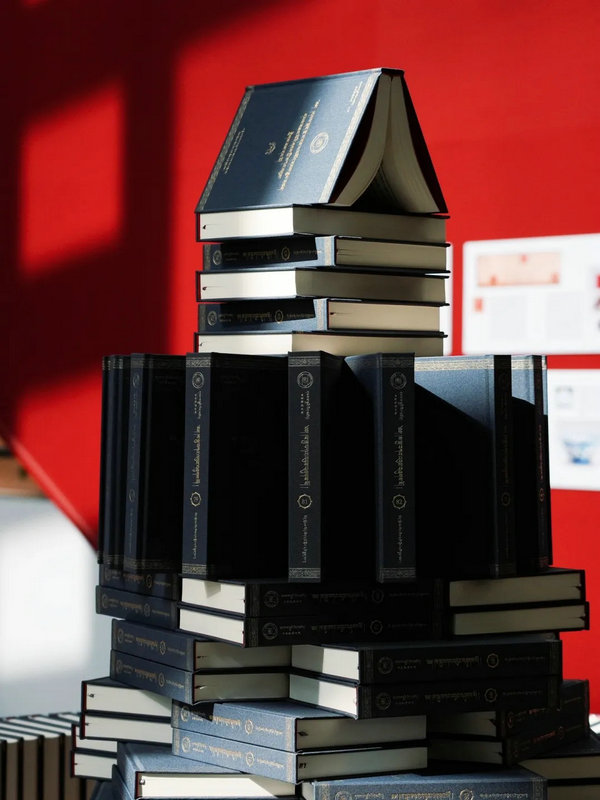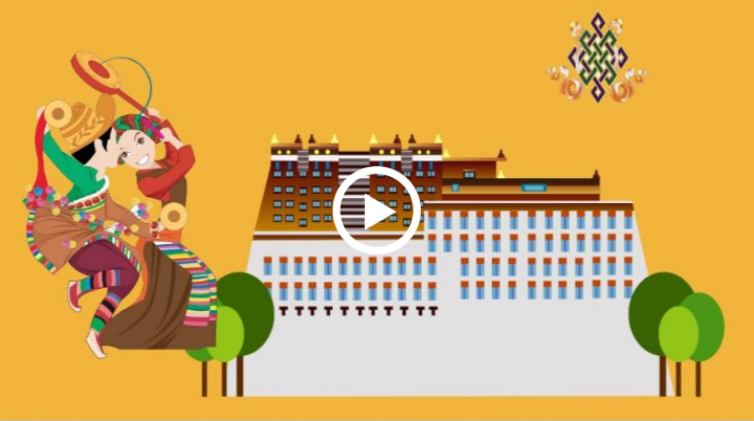Book collection on Xizang's holistic development unveiled
Updated: 2025-04-15 By Yang Feiyue (chinadaily.com.cn)  Print
Print 



A collection of books documenting the development of Xizang's social conditions, philosophy, medicine, astronomy, geography, literature, and fine arts was unveiled in Beijing on April 12. [Photo provided to chinadaily.com.cn]
A collection of books documenting the development of Xizang's social conditions, philosophy, medicine, astronomy, geography, literature and fine arts was unveiled in Beijing on April 12.
The collection, Sakya Gapen Treasury of Sacred Teachings, marks a monumental achievement in the preservation of Xizang's cultural heritage after compiling efforts for over more than two decades, experts say.
Sakya Gapen is a prestigious hereditary title in Tibetan Buddhism.
The first batch of 85 fascicles has been published, with over 140 additional volumes set for release next year.

A close-up of the collection. [Photo provided to chinadaily.com.cn]
Sakya Pandita Donyo, editor-in-chief of the collection, says the content of the collection traces back to the Yongle reign of the Ming Dynasty (1368-1644).
Since 2001, Pandita Donyo, a researcher at the High-Level Tibetan Buddhism College of China, along with a team of Sakya culture scholars, had launched a large-scale rescue project, in which they traveled across the globe, from libraries and monasteries to archives, museums, and private collections, locating and restoring these fragments recounting the history.
By 2024, their efforts culminated in the preservation and organization of more than 230 fascicles.
Cong Bo, senior editor at the China Tibetology Publishing House with the China Tibetology Research Center, says the series of books as a "brilliant gem of Tibetan culture and a civilizational gift from the Chinese nation to the world", adding that it fosters global cultural dialogue and mutual learning.
Shen Weirong, professor at Tsinghua University, emphasizes the scholarly value of the source materials compiled, noting that they provide precious primary evidence for Buddhist studies and open new paths for research.
Looking ahead, the editorial team plans to digitize the series and offer multilingual translation for readers worldwide.








